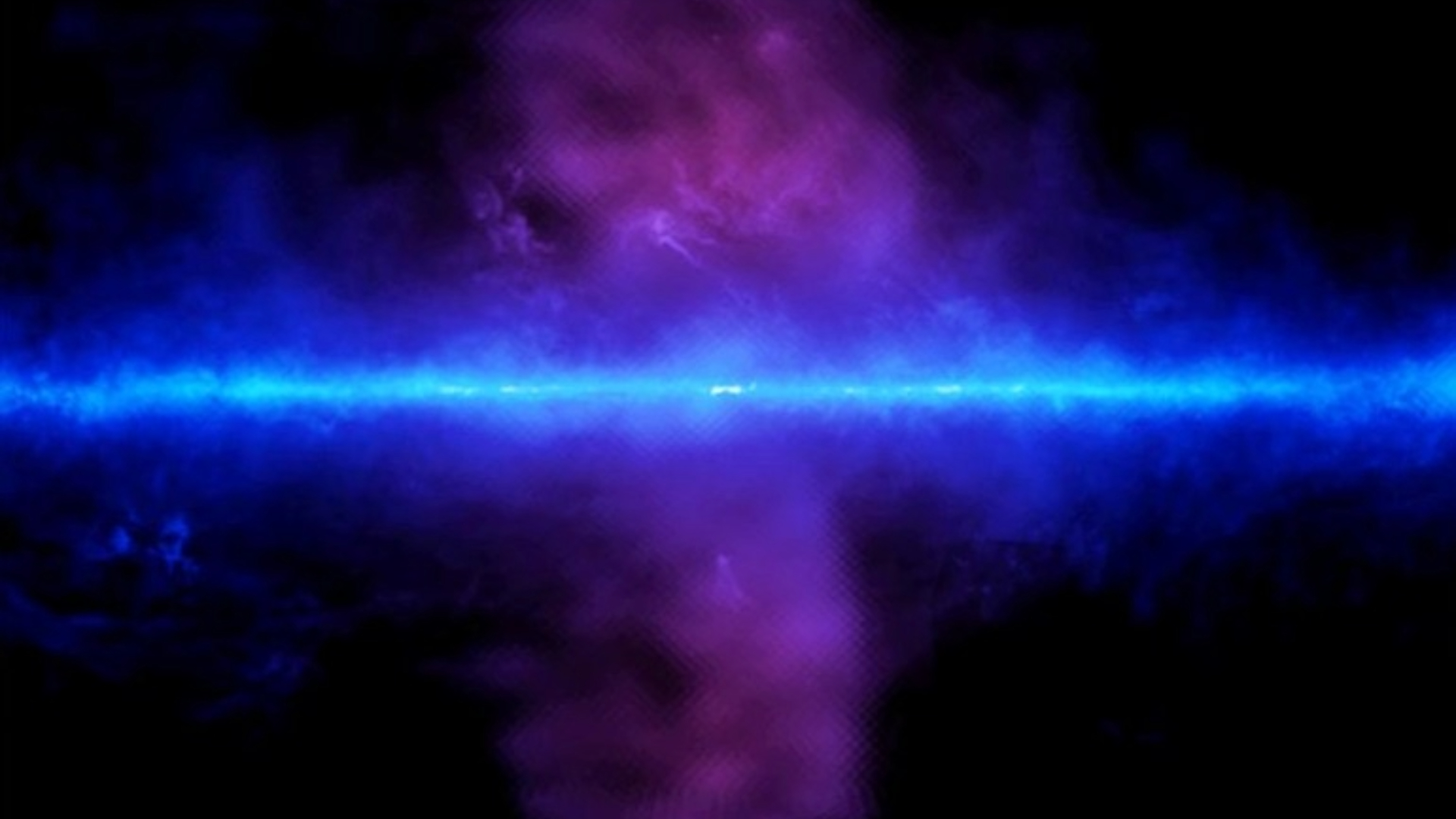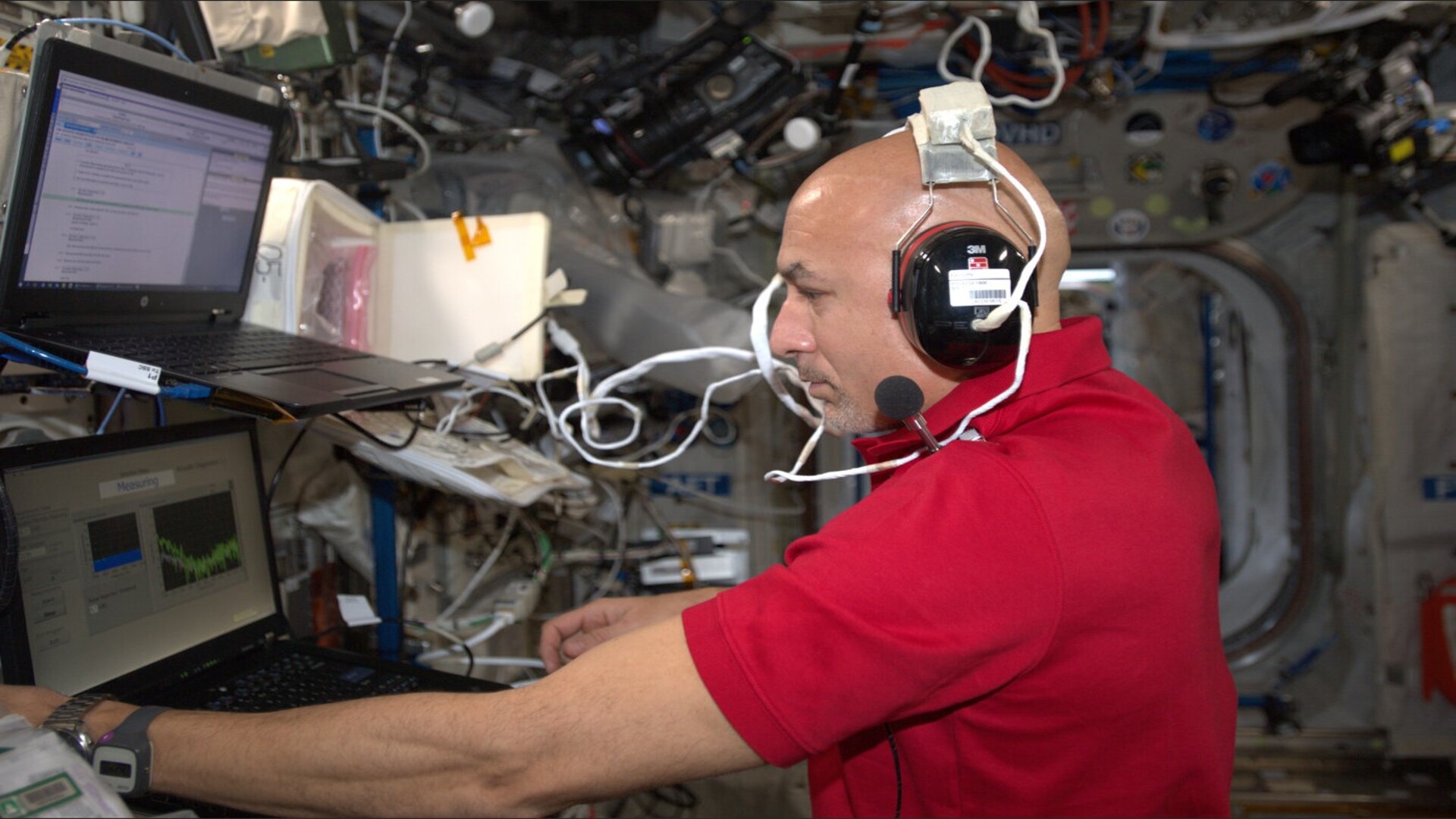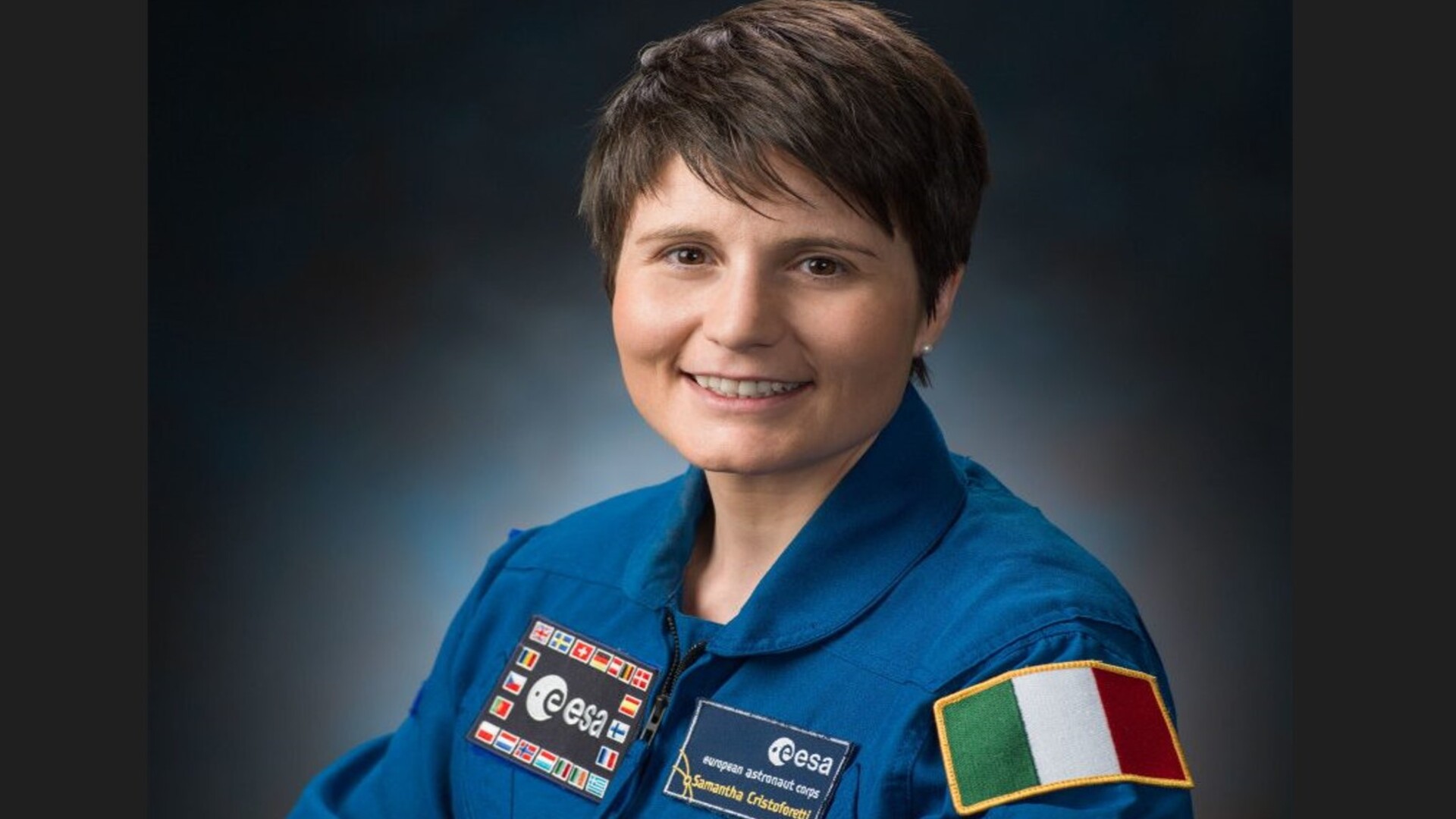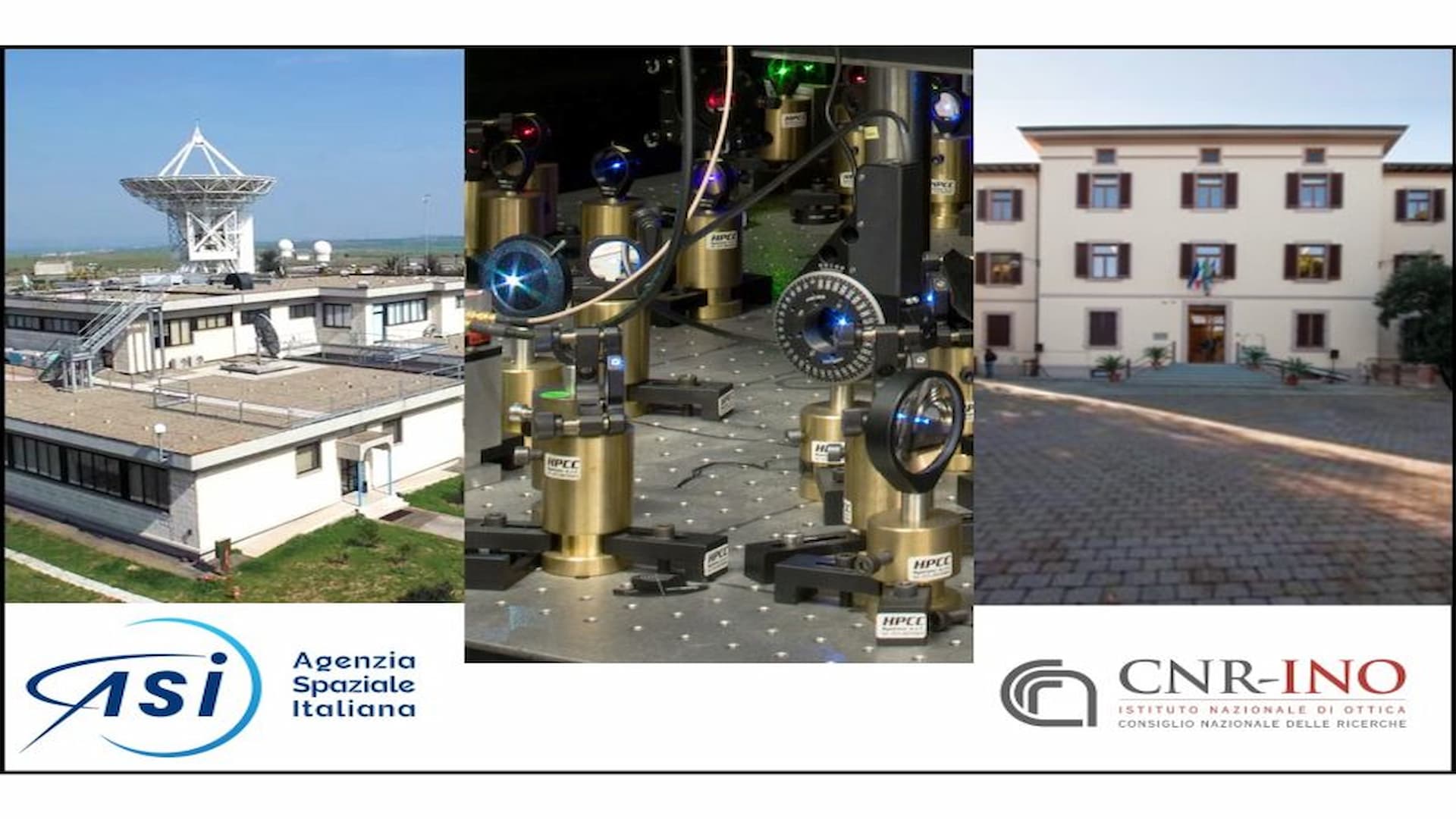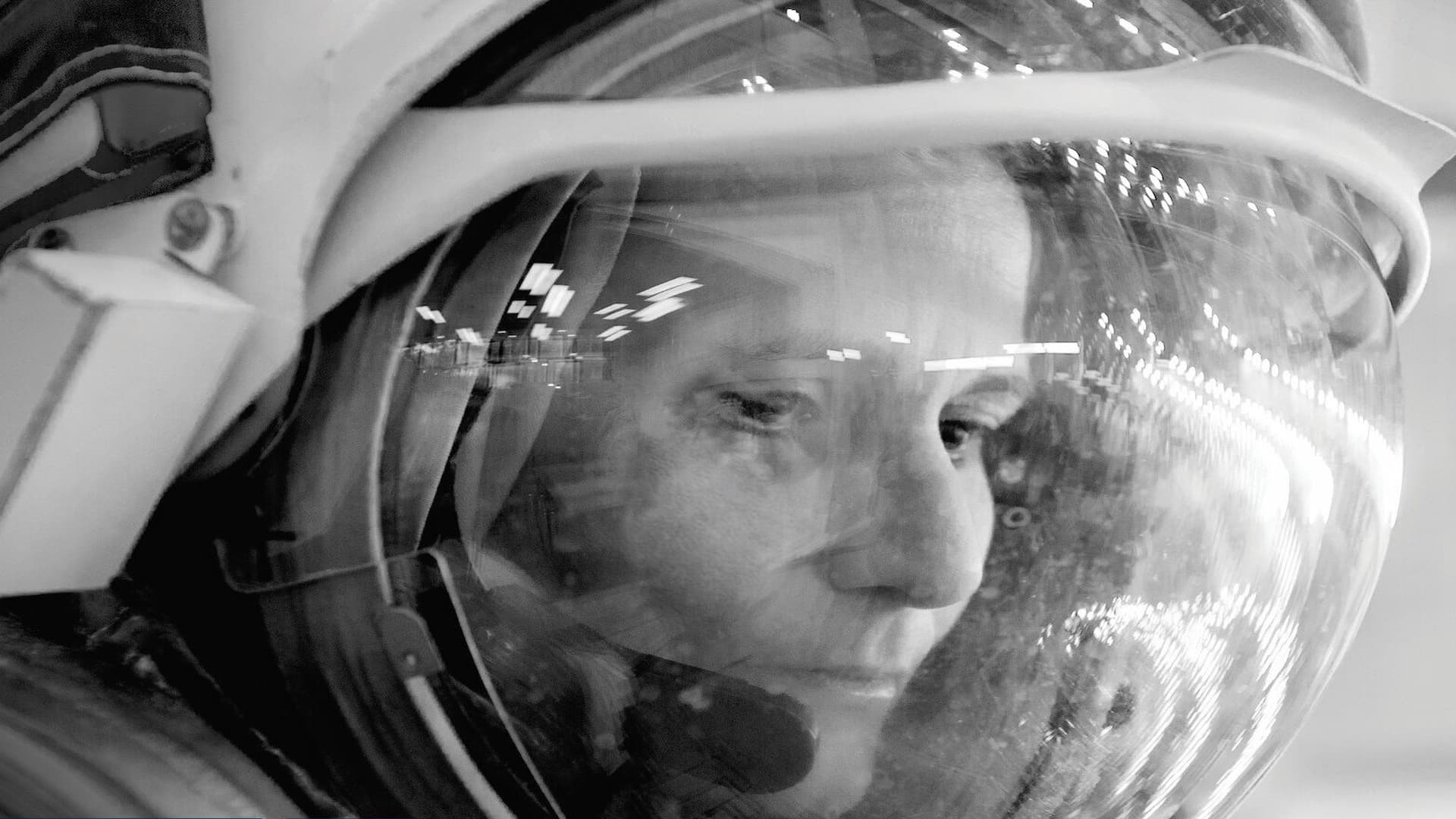Fermi-LAT collaboration has released the updated list of cosmic gamma-ray sources to date. The third release of the Fermi Point Source Catalog (4FGL-DR3) covers 12 years of data taken by the Large Area Telescope (LAT) on board of the Fermi Gamma-ray Space Telescope and includes 6658 sources in the energy range from 50 MeV to 1 TeV.
The most abundant gamma-ray sources in our Galaxy are pulsars (about 300 detected). On the other hand, the most abundant sources in the extragalactic sky are blazars and blazar candidates, which include about 3700 sources.With respect to the original 4FGL (8 years of data), about 1600 new sources have been found, with a population proportion that matches the previous catalogs (dominance of blazars and pulsars)."On the galactic plane, we found a many unidentified sources” said DarioGasparrini, INFN Tor Vergata researcher at ASI Space Science Data Center who contributed to the catalog association process. “They exhibit particularly soft spectra, and their nature is still under investigation".This incremental version provides an improved source spectral characterization, extends the analysis up to 1 TeV, and updates light curves, spectral energy distributions and associations for all the sources in the catalog.

